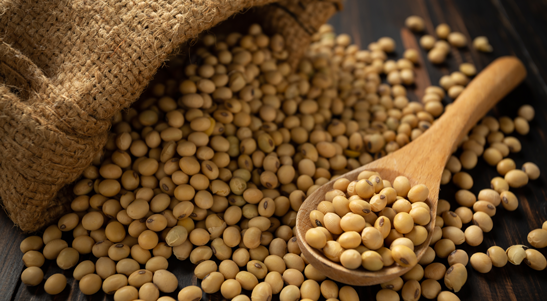 Image: Pixabay
Image: PixabaySoy is already grown in France, Italy, Serbia, Romania and Austria.
In the long term, more and more arable land in Europe will become suitable for soy production. This is what a study published by the Leibniz Agricultural Panorama Research Center (ZALF) in the scientific journal “Global Change Biology” points out.
{module Form RD}
According to the study, this would allow the European Union (EU) to dispense with a large part of soy imports from Brazil and the United States in the future. According to the authors, a transition to crops that are more resilient to the lack of rain and high temperatures would compensate for the yield losses expected on the old continent, especially in southern Europe.
“Climate change requires a rethinking of agricultural production in relation to varieties and crops more adapted to heat and drought. Soy is an arable crop that thrives in hot conditions and provides nitrogen, an important nutrient for plants that farmers would otherwise have to fertilize,” explain the Europeans.
Soy is already grown in France, Italy, Serbia, Romania and Austria, often under artificial irrigation. “Expanding soybean cultivation in previously colder regions expands the possibilities for farmers to make their crop rotations more diverse and thus mitigate the risk of climate-related yield losses and increase biodiversity,” explains Prof. Claas Nendel, responsible for the study presented.
The oilseed is capable of absorbing nitrogen directly from the air, so that fertilization with this much-needed nutrient can be dispensed with. This also reduces negative environmental impacts, such as the release of excess fertilizers into groundwater.
“Under warmer conditions, soybeans produce more than was previously possible with soybean varieties adapted to low temperatures in Germany,” explains Dr. Moritz Reckling, who conducts research into legume cultivation at ZALF. Simulations show that risks due to cold and wet weather will tend to decrease in the future, with an increase in drought and heat stress.
Source: Leonardo Gottems | agrolink












